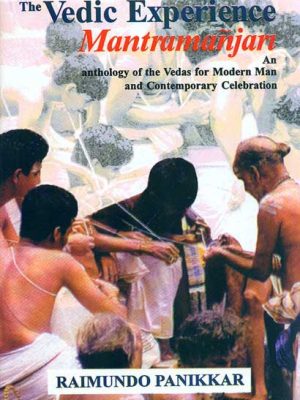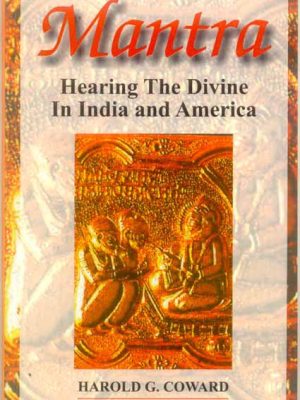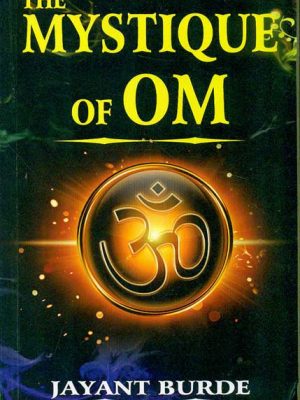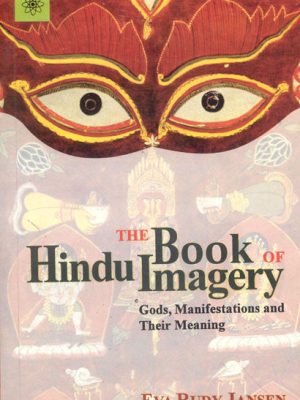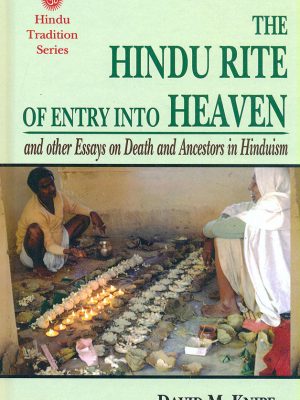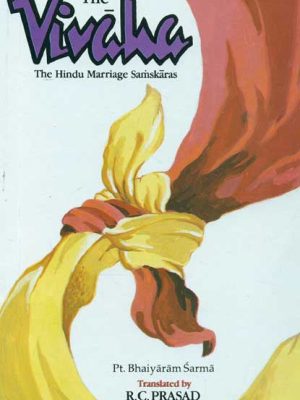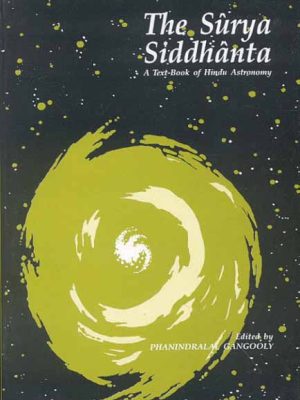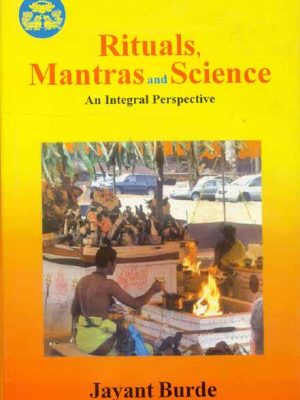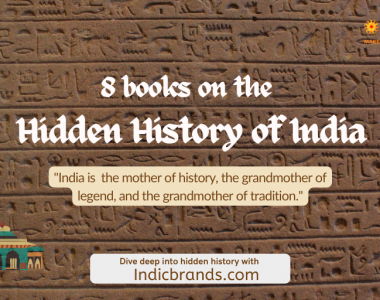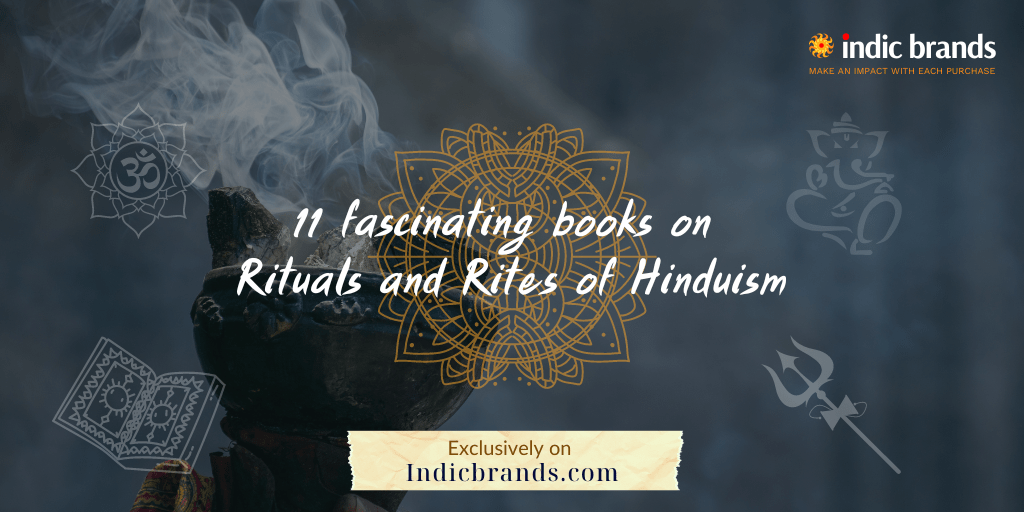
Hinduism is one of the major and oldest religions in the world. It comprises many varied philosophies, beliefs, and, rituals. Major types of Hindu rituals include life-cycle rituals (samskara), especially initiation, marriage, and death and ancestor rituals; worship and prayer (puja); sacrifices, especially Vedic fire sacrifices (yajna, iṣṭi, homa) collective and individual festivals (utsava) and processions (yātrā, tīrthayātrā); and individual vows (vrata).

Hinduism does not follow a by-the-book rule. It is a way of life; some rites are the same everywhere but day-to-day practices vary in different households. Morning prayers, mantras, reciting the shlokas, and reading Mahabharata and Ramayana are some common traits in every Hindu family. The 16 samskaras are also to be followed in every Hindu household. At Indic brands, we aim at preserving the tradition and heritage of our country. This article includes books on different aspects of Hinduism books on prayers and meditation, myths, symbols and imagery, samskara, and science in Hinduism. We hope these books enlighten you about Hinduism and its tradition over the years.
Prayer and Meditations
Hindu Prayers and Meditations
-
 Hindu Prayers and Meditations₹225.00
Hindu Prayers and Meditations₹225.00
Hindus must pray daily morning at sunrise and evening at sunset one must have divine communication with God, and ask Him for Light and Guidance in life. Hindu scriptures abound in prayers. They are of different types and complex nature and form part of various rituals and ceremonies. In our daily life, however, we need not be bothered with these complexities. A few simple prayers will serve our needs beautifully. The only thing we have to keep in mind constantly is the purity of our hearts and sincerity of purpose.
Mantra
Mantra
-
 Mantra₹245.00
Mantra₹245.00
The experience of the divine in India merges the three components of sight, performance, and sound. One in a trilogy of books that include Diana Eck’s Darsan: Seeing the Divine in India, Mantra presents an introduction to the use of sound mantras in the practice of Indian religion. Mantra-in the form of prayers, rituals, and chants-permeates the practice of Indian religion in both temple and home settings. This book investigates the power of mantra to transform consciousness.
The Mystique of Om
-
 The Mystique of Om₹400.00
The Mystique of Om₹400.00
Om is the most sacred mantra in major Indic religions such as Hinduism, Buddhism, and Jainism. It symbolizes affirmation, benediction, and peace, and is used ritualistically in prayers, invocations, and ceremonies, religious as well as secular. It is also a magical symbol beyond compare and is regarded as a vehicle for attaining liberation (moksha). Not only this but at the highest level, it is identified with Brahman, the Ultimate Reality. The author also explains secular interpretations of Om in linguistics, psychology, and structural analysis.
The Book of Hindu Imagery: Gods and their Symbols
Leaves of A Pipal Tree: Aesthetic Reflections on some Hindu Myths and Symbols
India is a civilization of many images, a culture of many visual feasts, a tradition where the visible and the palpable are as important as the oral and the occurrent, where our highest truths are embodied in our kathas and gathas our songs and stories, where our temples are not only places of worship but equally a gallery of beautiful forms and figures where myth is as important as doctrine, where ancient memories are full of cherished narratives where mythic beings are reimagined.
The Book of Hindu Imagery: Gods and Their Symbols
Hinduism is more than a religion; it is a way of life that has developed over approximately 5 millennia. Its rich and multi-cultured history, which has no equivalent among the world’s great religions, has made the structure of its mythical and philosophical principles into a highly differentiated maze, of which total knowledge is a practical impossibility.
To facilitate easy recognition a survey of ritual gestures, postures, attires, attributes, and an index are included to facilitate easy recognition. Over 100 illustrations and several photographs make this book an important reference, both to the student of Hindu art and the interested amateur.
Gods Beyond Temples
-
 Gods Beyond Temples₹2,500.00
Gods Beyond Temples₹2,500.00
The holy is more of an experience than an idea in the Indian tradition, and it extends well beyond the confined spaces of an organized temple or even a shrine. The adherents of this religion, much like the gods of this tradition, are humble and unassuming, yet at the same time dignified and certain of themselves. Whether it be a tree that is revered or a naturally occurring stone that is revered, or a river that is the embodiment of divinity itself, here is religion at work that is as spontaneous as it is intemperate. The rites and practices performed in honour of these deities are neither written nor canonized; nonetheless, whatever they may lack in grandeur, erudition, and formality, they more than make up for in the faith and passion that they inspire in those who participate in them. It is important to keep in mind that they have a beauty and presence of their own in the pluralistic Indian tradition
Samskara Rituals
The Sraddha: The Hindu Book of the Dead
Of the sixteen samskaras which encompass a Hindu life the last one is performed for the dead by their sons or grandsons or relatives. Many passages in the Puranas and Dharmasastras extol the role of the son in the life of a devout Hindu. The present book deals with the rite of Sraddha and vindicates the popular belief that Sraddha, being an important topic, forms an integral part of Hindu Dharmasastra. The belief in the after-death survival of deceased ancestors and their separate world belongs to the Indo-Iranian period and as such is pre-Vedic. Ancestor worship for one’s prosperity, and continuation of one’s race, is as old as the Rig Veda.
The Hindu Rite of Entry into Heaven: and other Essays on Death and Ancestors in Hinduism
This book comprises a smorgasbord of essays on death, dying, funeral rituals, ancestor ceremonies, ghosts, and other subjects in the realm of Mrityu, the God of Death, and aparam, the Sanskrit and Telugu word for human End Time. The focus stretches from the Rig Veda to present-day Hinduism, textual and non-textual. The title of the book is that of the first essay, an ethnographic and Vedic/ Classical Sanskrit textual study of the sapinda ritual that occurs on the twelfth day of a full-scale, textually accurate funeral. That fieldwork was accomplished during a year-long study of funeral rituals in Varanasi, the ancient city of Kasi where it is most auspicious for Hindus to die and be cremated in a final sacrifice of the body.
The Vivaha: The Hindu Marriage Samskaras
Marriage is the most important and elaborate out of the sixteen samskaras. The mantras used in the nuptial rites being in Sanskrit are beyond the comprehension of not only the average Hindu but even the common priests entrusted with the duty of conducting the rituals. To overcome this difficulty the present book was originally prepared in Hindi and is now translated into English with the mantras etc romanized for the benefit of those who do not have adequate knowledge of Hindi, for example especially those whose forefathers had migrated to remote countries during the last one hundred years or so.
Science and Rituals in Hinduism
The Surya Siddhanta: A Text Book of Hindu Astronomy
The oldest and most important treatise of the post-Christian period on Indian Astronomy that has come down to us is the Surya Siddhanta consisting of 14 chapters written in slokas.
Rituals Mantras and Science: An Integral Perspective
In this book, the author discusses the places of science in rituals and mantras. Using structural analysis he shows that rituals in general, whether religious, political, social or otherwise have common structural patterns. These patterns are shared by poetry, music, dance, and gymnastics, but not by language. Consideration of animal rituals and pathological rituals leads him to propose a general theory that unifies all ritual-like activities.
In modern times many rites and rituals are considered superstition. In this article, we have handpicked eleven books that might help you know and understand one of the oldest religions in the world and its traditions, rites, rituals, and practices. You can check other books on our website http://indicbrands.com and you can read more about Hinduism on our page http://hindumediawiki.com you can also connect with us on our Twitter account at http://twitter/indicbrands.com.

